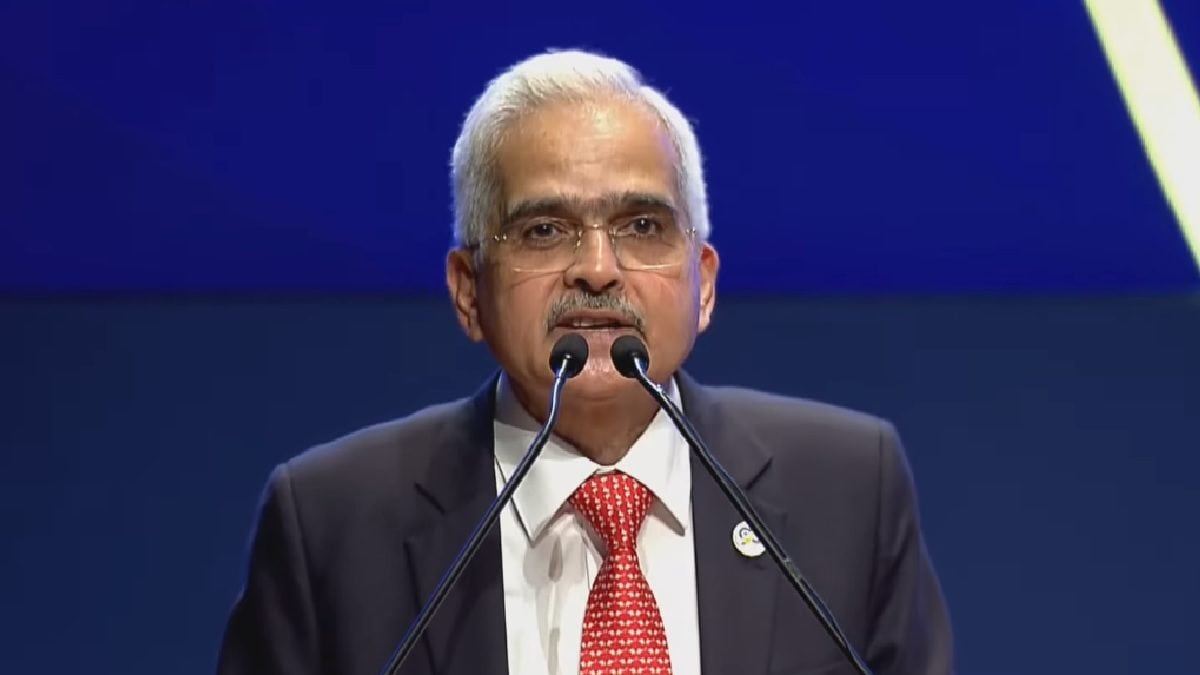India’s economic growth slowed to a 15-month low of 6.7 percent in the April-June quarter, primarily due to lower government spending in the wake of the model code of conduct for the Lok Sabha elections, according to Reserve Bank of India (RBI) Governor Shaktikanta Das. Despite this setback, the RBI remains confident that the projected annual growth rate of 7.2 percent will be achieved in the coming quarters.
Lower Government Spending Impact on GDP Growth
The RBI had initially projected a growth rate of 7.1 percent for the April-June quarter, but the actual growth rate came in lower at 6.7 percent, according to data released by the National Statistical Office. This discrepancy can be attributed to two main factors: lower government spending and slower growth in the agriculture sector.
Government Expenditure
The lower government expenditure during the first quarter was likely a result of the elections held during this period and the subsequent implementation of the model code of conduct by the Election Commission, which restricts government spending on projects and schemes. However, the RBI is optimistic that government spending will pick up in the coming quarters, providing the necessary support to economic growth.
Agriculture Sector Growth
While the agricultural sector experienced minimal growth during the April-June quarter, a mere 2 percent, the monsoon season provided widespread rainfall across India, with the exception of a few areas. This positive outlook on the agricultural sector contributes to the overall confidence in achieving the projected 7.2 percent annual growth rate.
Positive Economic Indicators
Despite the lower-than-projected growth in the first quarter, other economic indicators remain encouraging. Key drivers of GDP growth, such as consumption, investment, manufacturing, services, and construction, have all registered growth rates exceeding 7 percent. This strong performance in these sectors suggests that the Indian economy remains resilient and capable of achieving the projected growth targets.
Key Reforms Driving Economic Growth
The RBI Governor highlighted three major reforms that have contributed significantly to India’s economic growth in the past decade:
Goods and Services Tax (GST)
The introduction of the Goods and Services Tax (GST) in 2017 revolutionized India’s indirect tax regime. It simplified the tax structure, eliminated multiple cascading taxes, and boosted inter-state trade. This has facilitated seamless flow of goods and services within India, creating a more unified and efficient market.
Inflation Targeting Framework
In 2016, the RBI Act was amended to include a mandate for the central bank to maintain price stability while considering economic growth. This led to the adoption of an inflation targeting framework, aiming to keep inflation at 4 percent with a tolerance range of 2 percentage points on either side. This framework has contributed to price stability and predictability, fostering confidence in the Indian economy.
Insolvency and Bankruptcy Code (IBC)
The Insolvency and Bankruptcy Code (IBC) was introduced in 2016, providing a robust and time-bound framework for resolving corporate distress. This crucial reform has enabled faster resolution of bankruptcies, improving the overall health of the corporate sector and reducing the burden on banks.
Monetary Policy Adjustments and Challenges
The RBI Governor emphasized the critical role of monetary policy adjustments in navigating economic challenges. During the COVID-19 pandemic, the RBI reduced the repo rate by 250 basis points to stimulate economic activity. However, after the Ukraine war, rising inflation triggered by international factors and domestic weather events required a shift to tighter monetary policy. The RBI promptly raised interest rates to control inflation, which reached 7.8 percent at one point.
Importance of Quality Audit
Governor Das stressed the significance of quality audit in corporate governance. He urged chartered accountants to act as “doctors” for companies, conducting thorough diagnoses to assess their health and ensure financial integrity. This meticulous approach will help companies remain accountable and transparent, fostering confidence among investors and stakeholders.
Takeaways
- India’s economic growth in the first quarter was affected by lower government spending related to the elections and model code of conduct, but the agricultural sector’s outlook is positive.
- Despite the lower growth in the first quarter, strong performance in key economic drivers such as consumption, investment, manufacturing, services, and construction indicate a resilient economy.
- Three major reforms – GST, inflation targeting framework, and IBC – have significantly impacted economic growth in the last decade, enhancing stability and predictability in the Indian market.
- The RBI’s adeptness in adjusting monetary policy, both in response to COVID-19 and rising inflation, underscores its commitment to navigating economic challenges.
- The crucial role of quality audit in maintaining corporate health and investor confidence was highlighted, with chartered accountants encouraged to act as diligent “doctors” for businesses.




